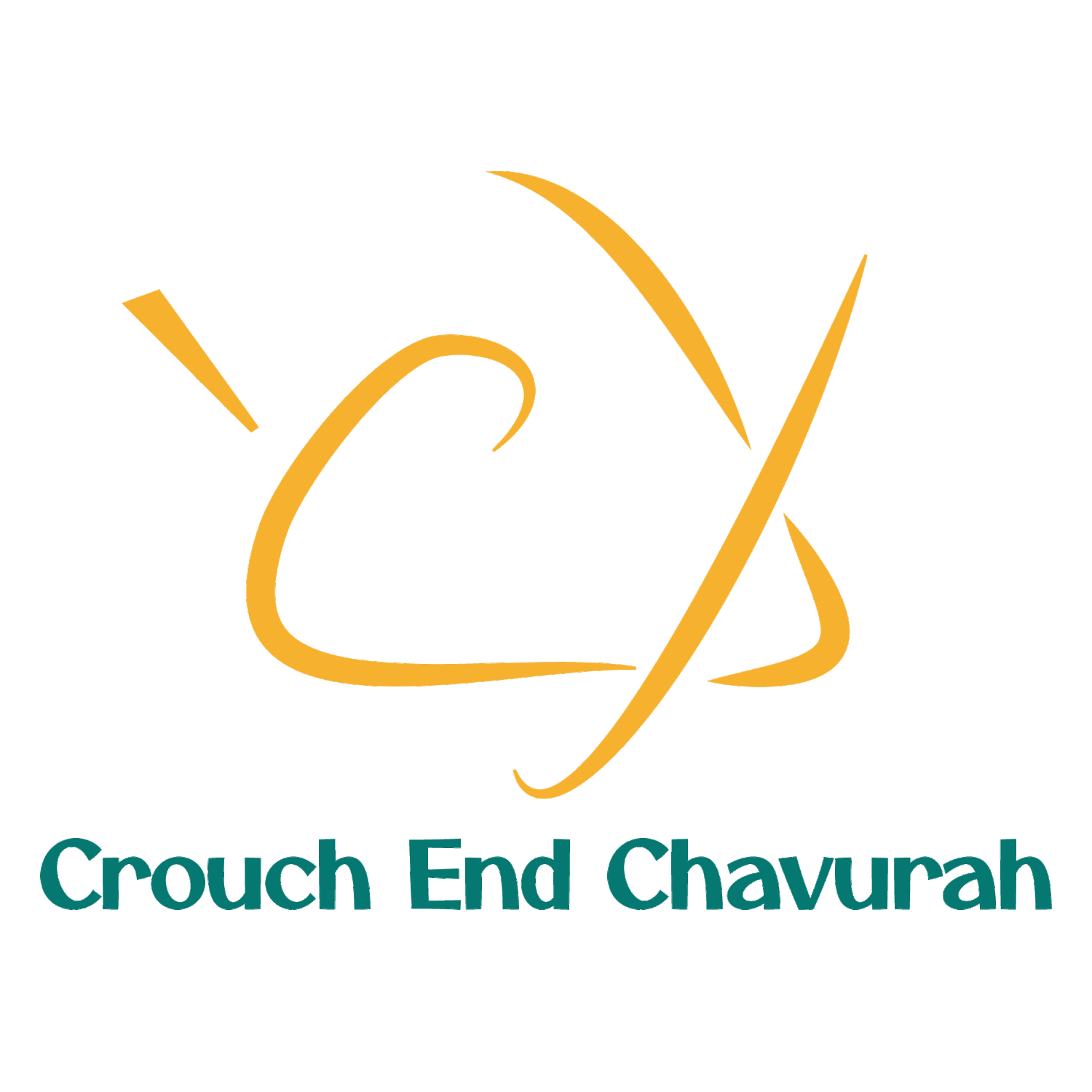Torah Study In A Unicorn Suit by Yael Tischler
I first learned about the tachash when my teacher, Rav Kohenet Shoshana Jedwab, showed up to class in a blow-up unicorn suit. This was a highlight of my training at the Kohenet Hebrew Priestess Institute. Why was my teacher dressed as a unicorn, you ask? Well, because there are unicorns in the Bible. Maybe.
Parashat Terumah begins with a list of donations that God requests from the Israelites for the building of the mishkan (Tabernacle), the portable sanctuary used for worship in the desert. One item on the list: orot techashim – tachash skins.
What is a tachash? Both the Jerusalem and Babylonian Talmuds posit that it was a beast with a single horn (JT Shabbat 2:3:3, BT Shabbat 28b). The Targum Onkelos (one of the main Aramaic translations of the Bible) translates tachash as “sasgona,” which causes Rav Yosef to suggest that “it [is a beast that] rejoices [sas] in many colours [gevanim]” (BT Shabbat 28a). Rabbi Meir holds that it came into being just for the building of the mishkan; afterwards, it was hidden (BT Shabbat 28b). So, to sum up, we have a joyful multi-coloured single-horned mythical beast that vanished after the building of the Tabernacle.
The unicorn isn’t the only candidate for the tachash. Some others are dolphins, dugongs, badgers, seals, porpoises or simply beaded leather. One of my bar mitzvah students suggested “narwhal.” But the unicorn is my favourite because it is delicious food for the imagination, the sort of thing that can inspire a teacher to show up for class in a blow-up unicorn suit. And that very same class prompted my colleague, Kohenet Dori Midnight, to write a midrash that was a queer interspecies love story between Miriam and the leader of the techashim. The possibility of unicorns, especially in the midst of a drearily long list of mishkan ingredients, brings joy and playfulness to our sacred texts.
The upsetting side of the unicorn theory means facing the fact that our ancestors used tachash skins to build the mishkan. If there are unicorns in the Bible, we killed them. Sorry. I just gave you unicorns and then told you we’re responsible for their deaths.
The journey I’ve taken us on thus far in this dvar torah is a microcosm of what it can be like to encounter our sacred texts. Sometimes we encounter texts that give us great joy and inspiration. Sometimes we encounter texts that move us to anger or tears. Sometimes those texts are one and the same. Holding these texts close means figuring out how to hold all that they bring, whether it is elation, sorrow or anything in between.
The lesson I learned from both Shoshana and Dori is that when we find something in our sacred texts that prompts us to be playful and creative, to revel in the magic and myth of even the dreariest parashah, we should absolutely take that opportunity. If one can’t wear a unicorn suit to teach a Torah study session, then what kind of Jewish community are we fostering? It is this joy that helps us hold the despair and frustration that can emerge when we engage with our sacred texts. Approaching our tradition with playfulness fuels our imaginations and helps us find new ways of being in relationship with the words and ways of our ancestors. A sense of the playful can sometimes be hard to find, but if you’re really struggling, there’s always the option of the blow-up unicorn suit.
Yael Tischler, LBC rabbinic student

